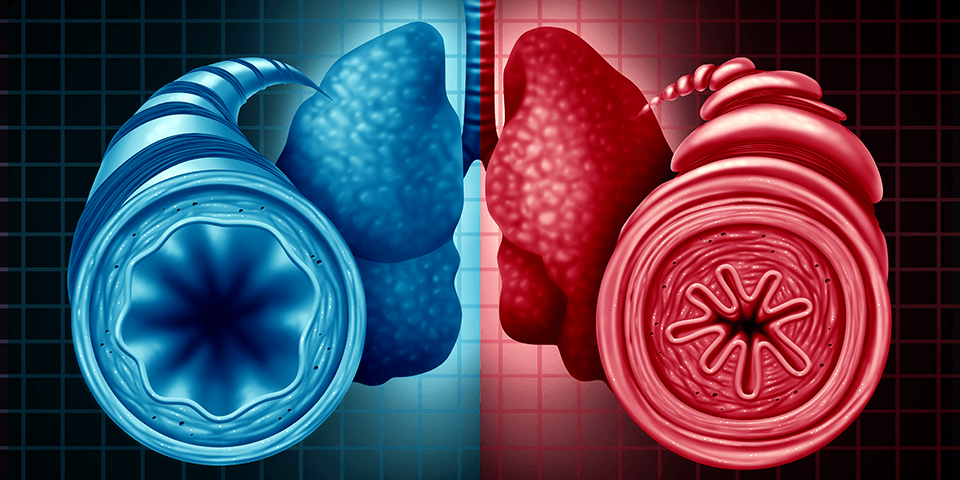New data reveals a marked decrease in asthma-related deaths in Australian women, while the death toll for men barely dropped.
Welcoming the reduction in asthma-related deaths, National Asthma Council Australia (NAC) warned against complacency as the total number of deaths remains high. Women aged over 54 are most at risk of dying from asthma and should take extra care in managing their condition.
Australian Bureau of Statistics figures show 389 asthma-related deaths in Australia in 2018, comprising 250 females and 139 males. While this is an overall decrease of 68 over the previous two years (from 441 in 2017, and 457 in 2016), the figures show male deaths are down by only six, compared with female deaths decreasing by 62.
NAC CEO Siobhan Brophy says the significant drop in deaths could be attributed to several mitigating factors.
“We believe that increased patient awareness following the epidemic thunderstorm asthma event in Melbourne in 2016 has played a large role in this reduction,” she said, referring to the world’s largest such event when thousands of people developed breathing difficulties within a short period of time.
“The development of new ways to manage severe asthma is also having an impact. Biological agents are improving patient lives, while increased management and review protocols surrounding their potential prescription are providing greater opportunities to optimise patient care.”
NAC spokesperson and GP Dr Ian Almond says severe asthma affects from three to 10 per cent of the 2.5 million Australians with asthma, and can be life threatening and deeply distressing for patients and their families.1
“Severe asthma, which is defined as asthma that remains uncontrolled despite the highest recommended level of inhaled medication or maintenance oral corticosteroids, or that requires such treatment to prevent it becoming uncontrolled, has significant impacts on patient’s health, careers, families and daily lives,” he said.
Ms Brophy says pharmacists play a vital role in identifying patients who may be at risk of severe or uncontrolled asthma, and are in an ideal position to work with them around adherence, inhaler technique, triggers and the potential for reliever overuse, to help ensure all patients with asthma receive the treatment and support they need to better manage their condition.
For more information on severe asthma diagnosis and management, visit: www.asthmahandbook.org.au.
For how-to videos and checklists on inhaler technique, written asthma action plan templates and information papers, visit www.nationalasthma.org.au.
References:
- ‘The prevalence of severe refractory asthma’. Journal of Allergy and Clinical Immunology, 2015; 135 (4): 896-902.






